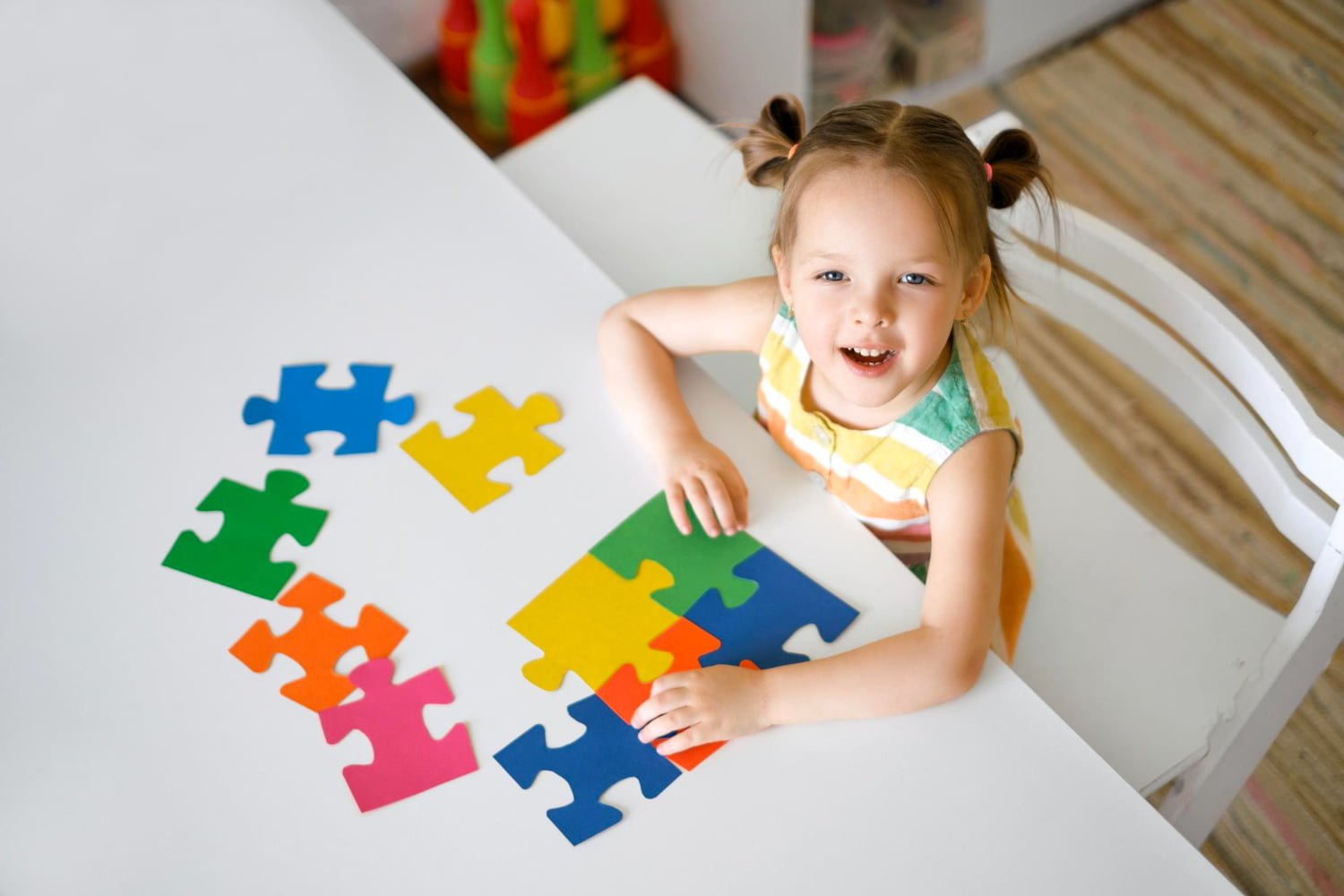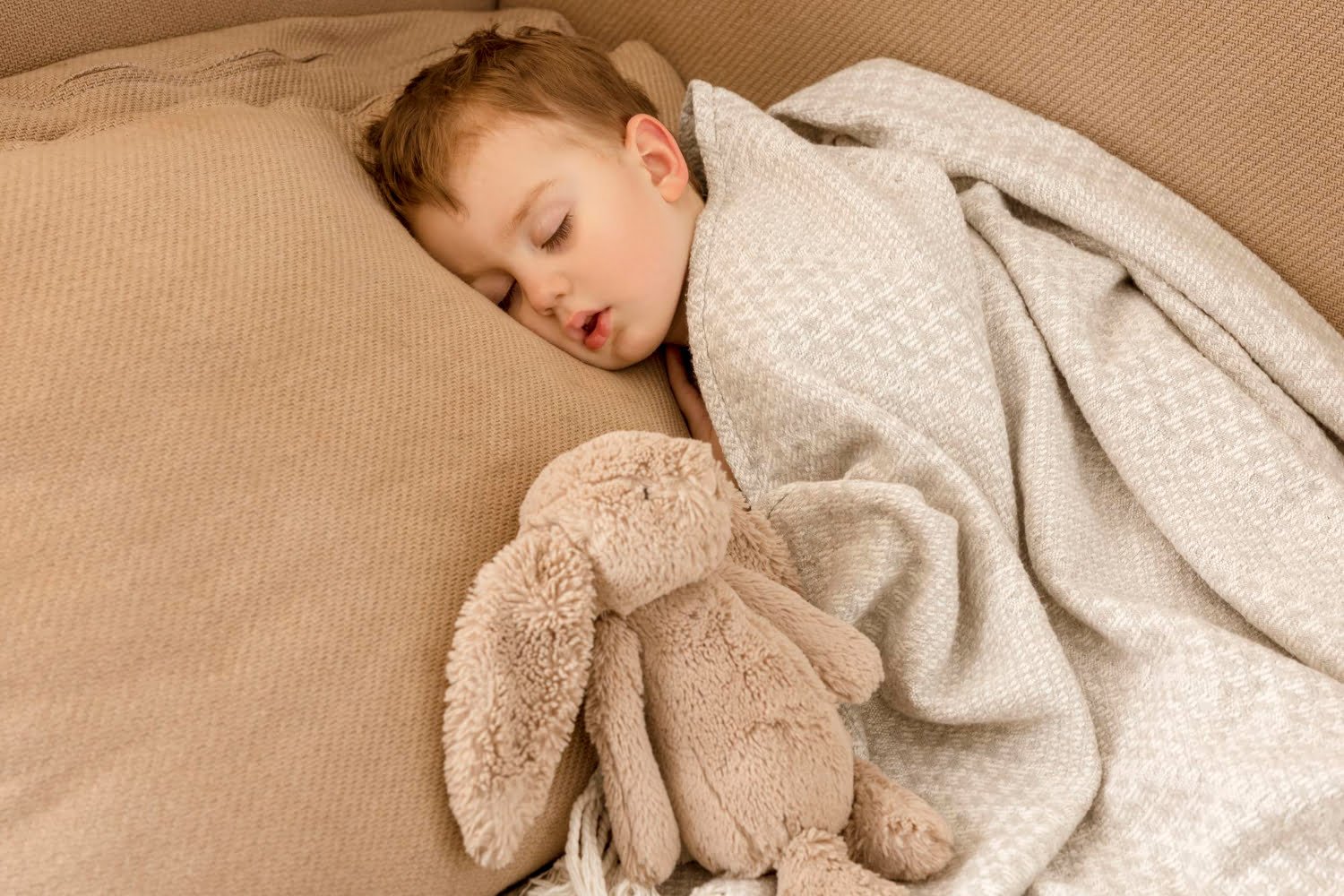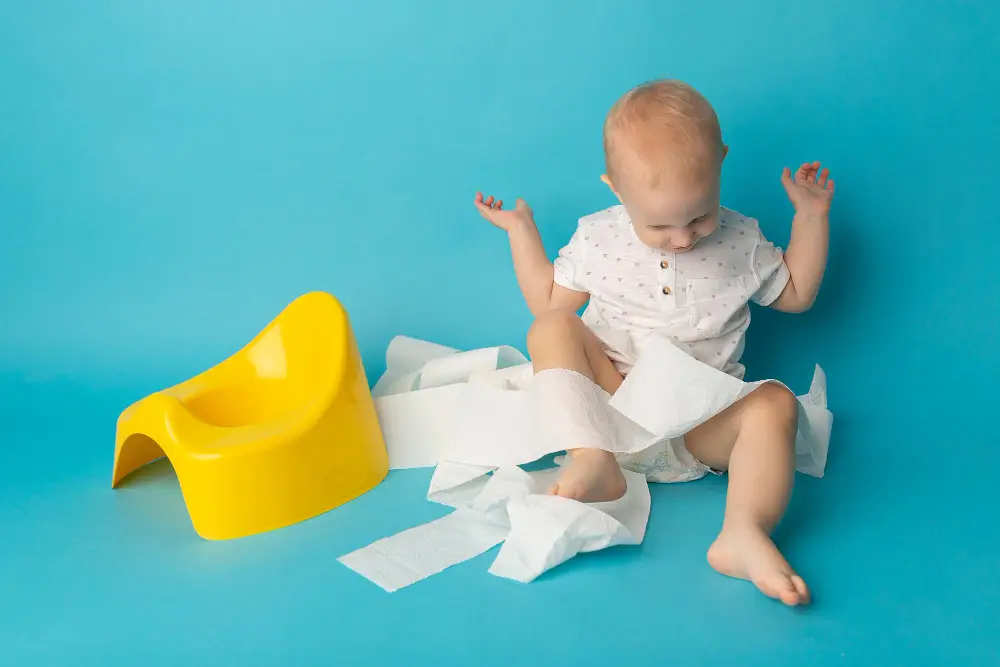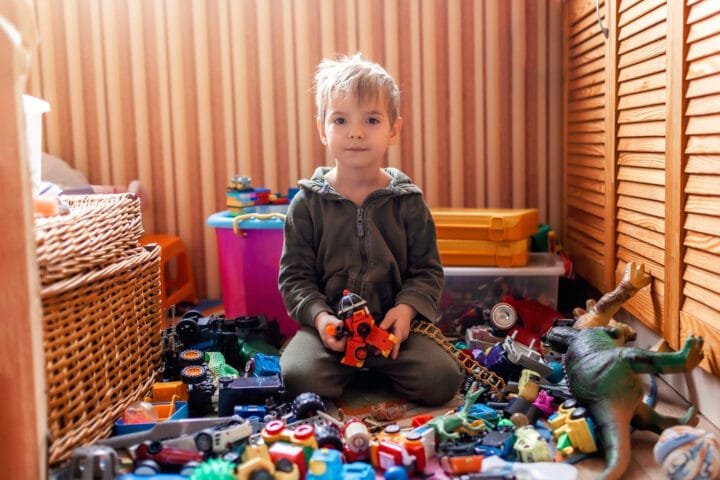From Newborn to Toddler: How Many Diaper Covers Do I Need for a Year? – A Deep Dive
Let’s take a moment to appreciate these adorable tiny clothes! It’s heartwarming to think about how many sweet moments are ahead. You might wonder, “How many diapers will this little one need?” and soon realize the big question: “How many diaper covers should I plan for over the year?” It’s an exciting journey, and I’m here to help!
Deep breaths, mama (or papa!). We’ve got you covered. This isn’t just another fluffy parenting blog post. This is your comprehensive, no-holds-barred guide to conquering the diaper cover conundrum. We’ll tackle everything from newborn explosions to toddler tornadoes, and by the end, you’ll be a diaper-cover ninja.
But first, let’s address the elephant in the room (or should we say, the overflowing diaper pail in the nursery?). Choosing the correct number of diaper covers is critical. Too few, and you’ll be living in your laundry room. Too many, and you’ll swim in a sea of unused covers. Nobody wants that. So, let’s find that Goldilocks zone – the perfect balance of practicality and preparedness.
Why Diaper Covers Matter (More Than You Think!)
Before we get into the nitty-gritty, let’s discuss why diaper covers are the unsung heroes of cloth diapering. Think of them as the trusty sidekicks to your absorbent diaper inserts. They’re the final layer of defense against those inevitable leaks and blowouts.
But diaper covers aren’t just about keeping your baby’s clothes dry (although that’s a major plus!). They also play a crucial role in:
- Containing messes: Let’s face it: Babies are adorable, but they’re also little mess-making machines. Diaper covers help contain those messes, preventing them from spreading to clothes, furniture, and, well, you.
- Protecting your baby’s skin: Diaper covers create a barrier against moisture, helping to prevent diaper rash. This is especially important for newborns who have delicate skin.
- Cloth diapering can save you money in the long run. You can maximize those savings by choosing the correct number of diapers covers.
- Reducing environmental impact: Disposable diapers contribute significantly to landfill waste. Cloth diapering is an eco-friendlier option, and diaper covers are a key part of that equation.
Factors That Influence Your Diaper Cover Needs
Now, let’s get down to business. How many diaper covers do you need? Well, it depends. Like every baby is different, every family’s diapering journey is unique. Here are the key factors to consider:
Baby’s Age and Size: From Pee Wee to Powerhouse
This one’s a no-brainer. A newborn’s diapering needs are vastly different from a toddler’s. Newborns are tiny, but they go through diapers like it’s their job! We’re talking 10-12 changes a day, sometimes more. That means you’ll need a good supply of diaper covers, especially in those early weeks.
As your baby grows, things change. Once they start crawling and cruising, durability becomes key. You’ll want covers that can withstand the rough and tumble of a busy little explorer. And as they approach potty training, you can gradually reduce the number of covers in your rotation.
Pro Tip: Remember that babies grow in spurts. You might find yourself needing to size up in diaper covers more frequently than you expect.
Diapering Style: Full-Time, Part-Time, or Somewhere in Between?
Are you a die-hard cloth diapering enthusiast? Or do you prefer a more flexible approach? Your diapering style will significantly impact the number of covers you need. Full-time cloth diapering requires an enormous stash, while part-time or hybrid diapering allows for more flexibility.
- Full-time cloth diapering: If you’re committed to cloth diapering 24/7, you’ll need an enormous stash of diaper covers to keep up with your little one’s output.
- Part-time cloth diapering: If you’re using cloth diapers part-time, you can use fewer covers. This is a great option for families who want to try cloth diapering without going all-in.
- Hybrid diapering: This approach combines cloth diapers with disposable diapers, giving you the best of both worlds. With this method, you’ll need fewer diaper covers.
Laundry Habits: Wash Now or Wash Later?
Let’s be honest; laundry is nobody’s favorite chore. But when you’re cloth diapering, it’s a fact of life. Your laundry habits play a significant role in determining how many diapers covers you need.
- Frequent washing: If you’re a laundry-every-day person, you can get away with fewer covers.
- Less frequent washing: If you prefer to tackle Mount Rushmore once a week, you’ll need an enormous stash to keep up with your little one’s needs.
Did you know? A 2019 study by the Real Diaper Association found that families who cloth diapers full-time wash diapers an average of 3-4 times per week.
Lifestyle: Homebody or Globetrotter?
Are you always on the go? Do you have a jam-packed schedule with playdates, errands, and outings? Or are you more of a homebody? Your lifestyle matters.
- Active lifestyle: If you’re constantly moving, you’ll need enough covers between washes, especially if you’re away from home.
- Home-based routine: If you’re mostly at home, you have more flexibility in your laundry routine.
Budget: Ballin’ on a Budget or Splurging on Style?
Ah, the budget. Always a factor, right? Diaper covers can range from budget-friendly to high-end. You can minimize the number of covers you buy if you’re on a tight budget. But if you can invest in quality covers, you’ll likely save money in the long run. They’ll last longer and withstand more washing.
Expert Tip: Jennifer Labit, founder of Cotton Babies, recommends investing in high-quality diaper covers that can withstand frequent washing and multiple children. “A good diaper cover can last for years and even be passed down to siblings,” she says.
Calculating Your Diaper Cover Needs: The Numbers Game
Okay, enough with the chit-chat. Let’s get to the numbers! Here’s a breakdown of how many diapers covers you’ll likely need based on your baby’s age:
Newborn Phase (0-3 Months): The Diaper Olympics
Newborns are cute, cuddly, and…oh-so-messy! Expect to change your little one’s diaper 10-12 times a day, sometimes even more. That’s a lot of diapers and a lot of diaper covers.
Recommendation: Aim for 12-18 diaper covers. This will ensure you have enough to get through the day, even with those frequent newborn explosions. Plus, it gives you a buffer for laundry day (because who has time to do laundry daily with a newborn?).
Infant Stage (3-12 Months): The Exploration Era
As your baby grows, they’ll need fewer diaper changes (hooray!). But don’t get too excited! Growth spurts can throw a wrench in your routine. You’ll also start thinking about different types of covers for other activities.
Recommendation: Have 10-12 diaper covers on hand. This allows for some variety in your stash while still keeping things manageable.
Toddlerhood (12+ Months): The Potty-Training Tango
Potty training time! As your little one starts using the potty, you can gradually reduce the number of diapers covers you need. But remember, accidents happen, so it’s best to have a few covers on hand.
Recommendation: Keep 6-8 diaper covers in your rotation. This provides enough for everyday use and any unexpected potty-training mishaps.
Choosing the Right Diaper Covers: A Guide to the Galaxy
Not all diaper covers are created equal. There are different types, features, and brands. It can be overwhelming, but don’t worry; —we’re here to guide you through the galaxy of diaper covers.
Types of Diaper Covers: PUL, Wool, and Fleece, Oh My!
- PUL (Polyurethane Laminate): These are the workhorses of the diaper cover world. They’re waterproof and durable and come in a dazzling array of colors and patterns. PUL covers are easy to care for and can be thrown in the washing machine and dryer.
- Wool: Wool covers are a natural and breathable option. They’re absorbent and naturally antibacterial and can even help regulate your baby’s temperature. Wool covers require more care than PUL covers, but they’re an excellent choice for families prioritizing natural materials.
- Fleece: Fleece covers are soft, cozy, and economical. They’re an excellent option for nighttime or naps, providing extra warmth and absorbency. Fleece covers are also easy to care for and can be washed and dried with other diapers.
Features to Consider: Fit, Function, and Fashion
- Fit and Adjustability: To prevent leaks, a good diaper cover should fit snugly around your baby’s legs and waist. Look for adjustable snaps or Velcro covers to ensure a comfortable and secure fit.
- Durability and Leak Protection: Choose covers made from high-quality materials that can withstand frequent washing. Double gussets (elastic around the legs) provide extra leak protection and help prevent blowouts.
- Ease of Cleaning: Some covers are easier to clean than others. Look for covers that can be thrown in the washing machine and dryer. Avoid covers with complicated washing instructions or those that require special detergents.
- Style and Comfort: Let’s be honest; we want our babies to look cute! Choose covers in colors and patterns you love. And make sure they’re comfortable for your little one to wear.
Building Your Diaper Cover Stash: The Ultimate Guide
Ready to start building your diaper cover collection? Here’s how to get started:
Starting with the Essentials: Building a Solid Foundation
Begin with a minimum number of covers for each size. This will ensure you have enough to finish the day without constantly doing laundry. Choose a variety of styles to meet different needs. For example, you might want some PUL covers for everyday use, and some fleece covers for nighttime.
Expanding Your Collection: Adding Variety and Versatility
Once you have the essentials, you can start expanding your collection. Consider adding seasonal options, like wool covers for winter or lightweight covers for summer. You can also explore different brands to find your favorites.
Budget-Friendly Tips: Saving Money Without Sacrificing Quality
Building a diaper cover stash can be expensive. Here are some tips to save money:
- Buy second-hand: Check online marketplaces or local parenting groups for gently used diaper covers. You can often find great deals on high-quality covers.
- Shop sales and discounts: Many retailers offer sales and discounts on diaper covers throughout the year. Sign up for email newsletters or follow your favorite brands on social media to stay informed about deals.
- Consider a diaper cover service: Some companies offer diaper cover rental services, which can be a great way to save money and try different brands.
Caring for Your Diaper Covers: Extending Their Lifespan
Proper care can extend the life of your diaper covers, saving you money and reducing waste. Here are some tips:
Washing and Drying: Keeping Those Covers Clean and Fresh
- Follow the manufacturer’s instructions: Each brand may have specific washing instructions. Always check the care label before washing your diaper covers.
- Wash covers with like colors: This will prevent staining and fading.
- Use a gentle detergent: Avoid harsh chemicals that can damage the waterproof layer.
- Hang dry or tumble dry low: High heat can damage the elastic and waterproofing.
Storage and Organization: Keeping Your Stash Tidy
- Store covers in a cool, dry place: Avoid storing them in direct sunlight or humid environments.
- Keep covers organized: Use bins or baskets to separate different sizes and types.
Conclusion: You’ve Got This!
Congratulations! You’re now well-equipped to navigate the world of diaper covers. Remember, finding what works best for you and your baby is the key. Consider your lifestyle, laundry habits, and budget when choosing how many diapers to buy.
Feel free to experiment with different types and brands to find your favorites. And most importantly, don’t stress! Cloth diapering is a journey. There will be ups and downs, successes and mishaps. But with a bit of preparation and much love, you’ll master the art of diaper covers in no time.
Tired of tantrums, power struggles, and feeling like you’re failing at this whole parenting thing? Big Little Feelings offers practical, positive parenting strategies to help you navigate the challenges of raising toddlers and preschoolers. Their online courses and resources provide step-by-step guidance, so you can ditch the yelling and enjoy more peaceful days with your little ones.
FAQs
Cloth diapers are fantastic, but diaper covers are key for keeping your little one dry and comfy! These covers provide a reliable waterproof barrier, containing messes while safeguarding your baby’s delicate skin. Think of them as your ultimate ally in tackling those little diaper surprises. Your baby deserves the best!
Diaper covers come in various types, each with unique features. PUL (Polyurethane Laminate) is the most common, known for being waterproof and easy to care for. Wool is a breathable, natural option valued for its absorbency and temperature regulation, though it requires more maintenance. Fleece offers a soft, economical choice, ideal for nighttime use, thanks to its warmth and absorbency.
Newborns use a surprising number of diapers, typically requiring 10-12 daily changes, if not more. To keep up with this demand, it is recommended that you have 12-18 diaper covers on hand. This ensures you have enough to get through the day, even with frequent changes, and allows flexibility in your laundry routine.
While some diaper covers offer a “one-size-fits-all” design with adjustable features to accommodate growth, newborns typically require a smaller size tailored to their tiny physique. As your baby transitions into the infant and toddler stages, you’ll likely need to size up diaper covers to ensure a proper fit and prevent leaks. Using larger covers on a newborn can result in gaps and discomfort.
Creating a delightful collection of diaper covers can be an investment, but don’t worry! There are plenty of budget-friendly options out there. Check out online marketplaces and local parenting groups for gently used covers at great prices. Keep an eye out for sales and discounts—subscribing to retailers’ email lists or following them on social media is a smart way to stay updated! Plus, consider rental services that let you explore different brands and styles before you buy. Happy hunting!
Related Posts
















































































